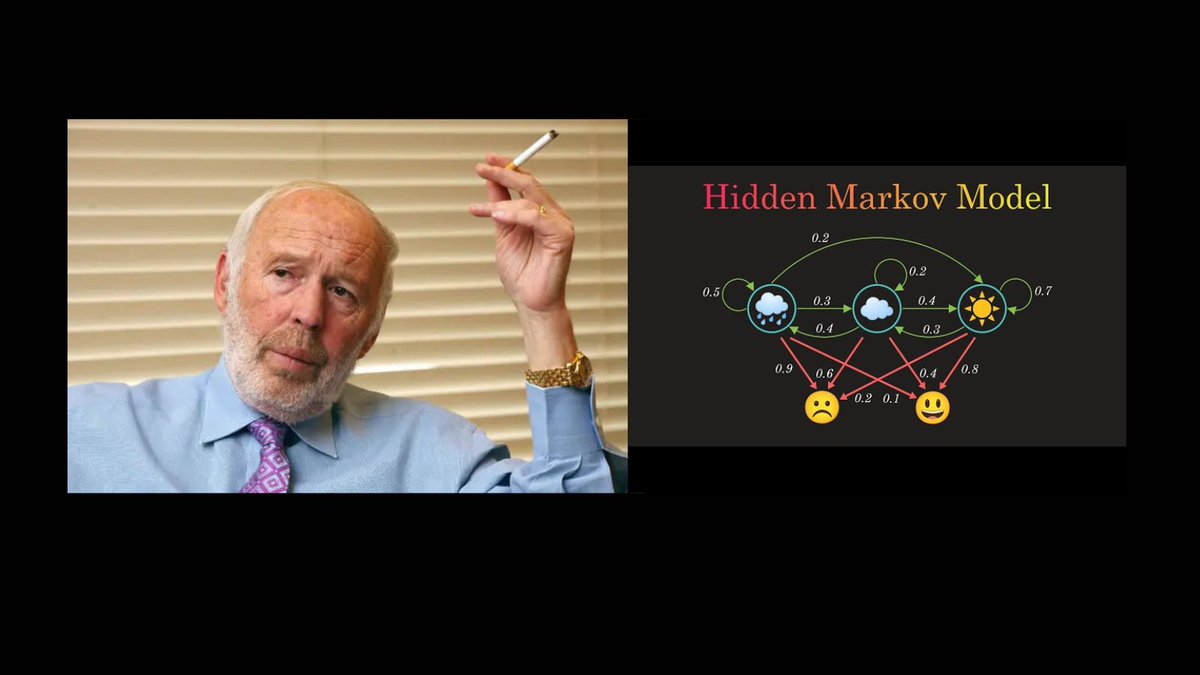
Where finance practitioners get started with Python for quant finance, algorithmic trading, and data analysis | Tweets & threads with free Python code & tools.
39 subscribers
How to get URL link on X (Twitter) App


 OpenBB Terminal
OpenBB Terminal
 A quick primer on the Kalman filter if you’re unfamiliar:
A quick primer on the Kalman filter if you’re unfamiliar:
 OpenBB
OpenBB
 A Hidden Markov Model (HMM) is a statistical model used to represent systems that evolve over time with unobservable (hidden) states.
A Hidden Markov Model (HMM) is a statistical model used to represent systems that evolve over time with unobservable (hidden) states.
 Linear and Nonlinear Programming by David G Luenberger and Yin Ye
Linear and Nonlinear Programming by David G Luenberger and Yin Ye

 OpenBB
OpenBB
 Jupyter Notebook is a web app for creating and sharing computational documents.
Jupyter Notebook is a web app for creating and sharing computational documents.

 The Ultimate Beginner’s Guide to NumPy
The Ultimate Beginner’s Guide to NumPy
 A Hidden Markov Model (HMM) is a statistical model used to represent systems that evolve over time with unobservable (hidden) states.
A Hidden Markov Model (HMM) is a statistical model used to represent systems that evolve over time with unobservable (hidden) states.
 In case you're unfamiliar:
In case you're unfamiliar:
 Zipline
Zipline